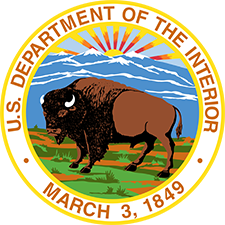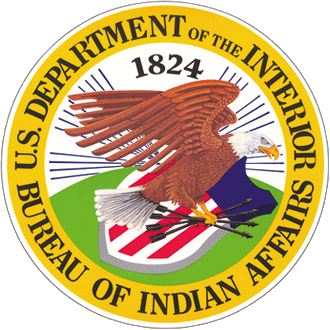The Environmental Management Assessment and Performance (EMAP) Program implements the Bureau of Indian Affairs’ (BIAs') responsibility to audit BIA-owned facilities and irrigation projects over a three-year cycle, and to provide technical assistance during and after audits to reduce operational risk and hazards to staff and visitors. The EMAP Program also ensures bureau accountability in implementing and maintaining environmental regulation standards.
More information can be found in 59 IAM 2 and 515 DM 2.
Environmental Management Assessment and Performance Program Goals
The BIA EMAP Program aims to:
- Advance the protection of human health, welfare, and the environment.
- Assist BIA in monitoring and measuring environmental performance through proactive and cost-efficient methods.
- Conduct periodic, thorough, and objective environmental compliance assessments of operations and activities and prevent deviations, deficiencies, and noncompliance failures.
- Reduce potential liabilities to the federal government.
- Educate and promote awareness of environmentally sound operations, pollution prevention, and sustainable practices.
Environmental Audits
The environmental audits performed through the EMAP Program occur over a three-year cycle. They apply to operations and activities that occur on BIA-owned facilities and irrigation projects.
Examples of facilities and irrigation projects include and are not limited to:
- Buildings, structures, installations, and equipment;
- Landfills and storage units;
- Pipelines, including any pipe into a sewer or treatment infrastructure; and
- Ditches, wells, pits, ponds, lagoons, and impoundments such as reservoirs.
Technical Assistance
The EMAP Program provides technical assistance during and after environmental audits.
Technical assistance during facility audits promotes awareness of environmentally sound operations, pollution prevention, and sustainable practices, with the goals of reducing risk and minimizing hazards to BIA staff and visitors.
Post-audit technical assistance may involve training, prevention management, hazard mitigation, and correction of suspected areas of noncompliance (AONs).
What You Need to Know
Additional Information
Related Services
- National Environmental Policy Act (NEPA) Compliance
- Natural Resource Damage Assessment and Restoration Program in Indian Country
- Division of Environmental Services and Cultural Resources Management


